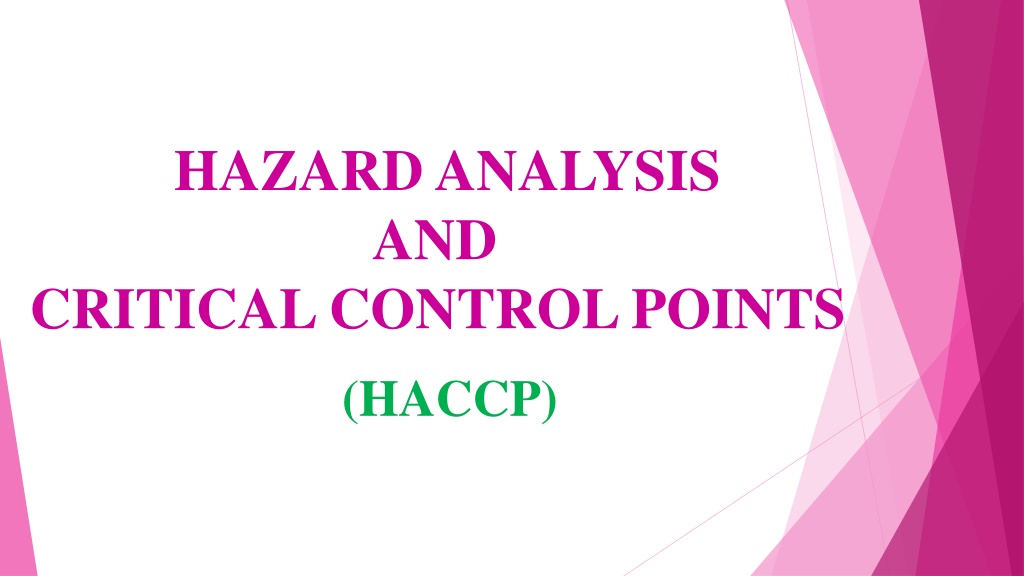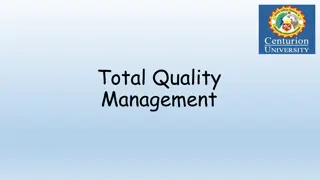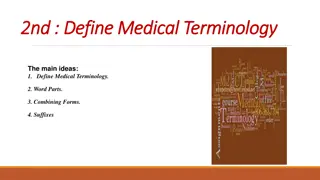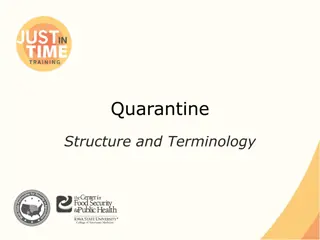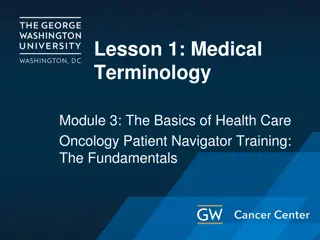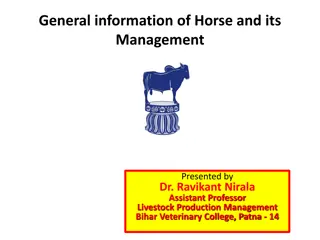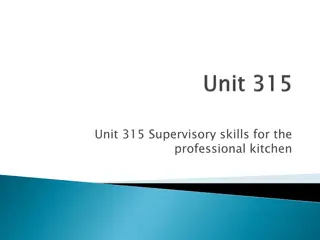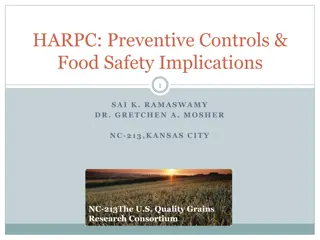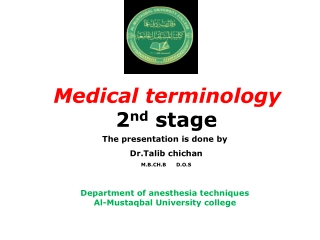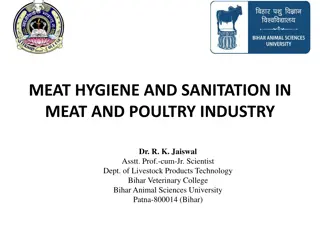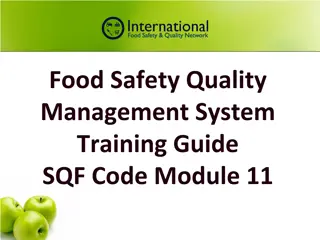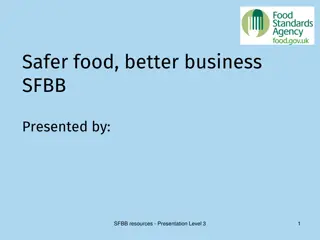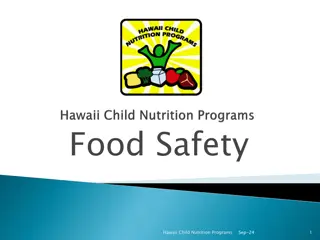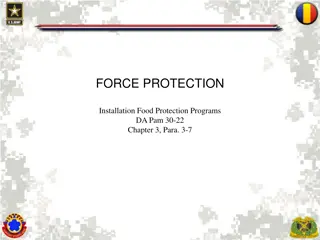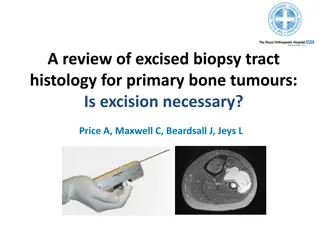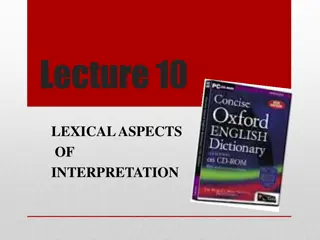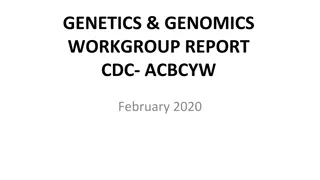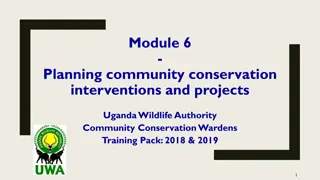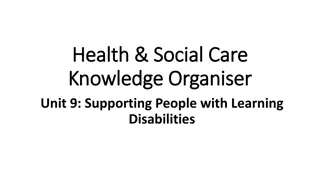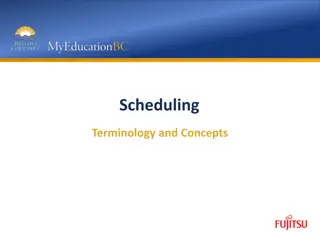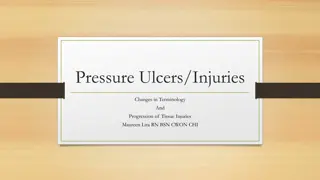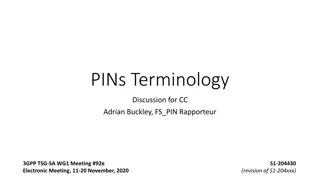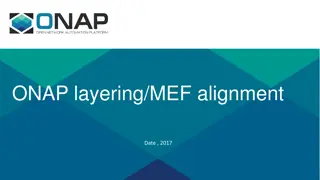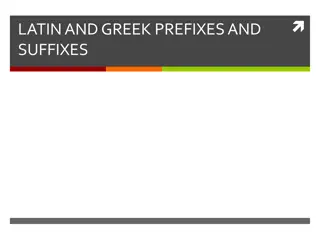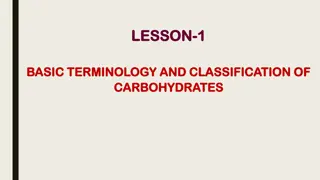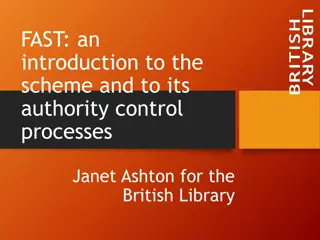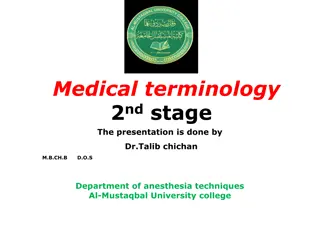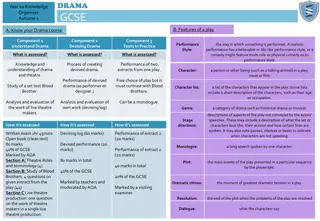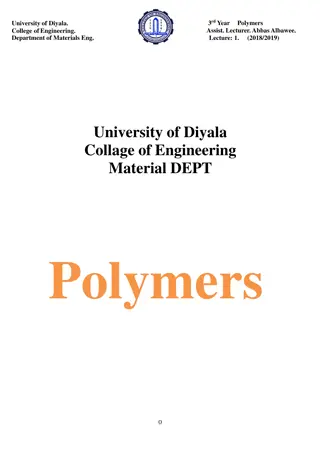Understanding HACCP Terminology and Necessity
Hazard Analysis and Critical Control Points (HACCP) play a crucial role in ensuring food safety. This article emphasizes the necessity of HACCP, outlines key terminology such as hazards, contamination, control measures, critical control points, and provides insights into HACCP plan, risk assessment, and prerequisite programs. By implementing HACCP principles, food industries can effectively identify, assess, and mitigate potential food safety hazards across the production process.
Download Presentation

Please find below an Image/Link to download the presentation.
The content on the website is provided AS IS for your information and personal use only. It may not be sold, licensed, or shared on other websites without obtaining consent from the author. Download presentation by click this link. If you encounter any issues during the download, it is possible that the publisher has removed the file from their server.
E N D
Presentation Transcript
HAZARD ANALYSIS AND CRITICAL CONTROL POINTS (HACCP)
Necessity of HACCP There are many reasons for this : Foodborne diseases An increase in the number of vulnerable people Industrialization and increased mass production Urbanization New food technologies and processing methods Changing lifestyles Increased worldwide tourism and international trade in foodstuffs Increased contamination of the environment. Increased consumer awareness of food safety. Lack of or decreasing resources for food safety.
HACCP Terminology a) Hazard A biological, chemical, or physical agent that is reasonably likely to cause illness or injury in the absence of its control. b) Contamination Exposure of food products to hazards, which can cause illness, disease, or even death. c) Control (verb) To take all necessary actions to ensure and maintain compliance with criteria established in the HACCP plan. d) Control (noun) The state wherein correct procedures are being followed and criteria are being met.
e) Control measure Any action and activity that can be used to prevent or eliminate a food safety hazard or reduce it to an acceptable level. f) Corrective action Any action to be taken when the results of monitoring at the CCP indicate a loss of control. g) Control Point Any step at which biological, chemical, or physical factors can be controlled. h) Critical Control Point (CCP) An Essential Point at which Control can be applied so that => a Food Safety Hazard can be PREVENTED, ELIMINATED, or REDUCED to an Acceptable Level. It is the last step in the flow of food where a hazard can be controlled.
i) Critical Limit A maximum and/or minimum value to which a biological, chemical, or physical parameter must be controlled at a CCP to prevent, eliminate, or reduce to an acceptable level the occurrence of a food safety hazard. j) Deviation Failure to meet a critical limit. k) Flow diagram A systematic representation of the sequence of steps or operations used in the production or manufacture of a particular food item. l) HACCP (Hazard Analysis Critical Control Point) A system designed to identify, evaluate, and control of the potential food safety hazards.
m) HACCP Plan The written document to describe the procedures based on the principles of HACCP and specific conditions. n) Risk Probability that conditions will lead to a hazard. o) Prerequisite Programs Procedures, including Good Manufacturing Practices that address operational conditions providing the foundation for the HACCP system. p) Monitor To conduct a planned sequence of observations or measurements to assess whether a CCP is under control and to produce an accurate record for future use in verification.
q) Corrective Action Procedures followed when a deviation occurs. r) Step A point, procedure, operation or stage in the food chain including raw materials, from primary production to final consumption. s) Validation Obtaining evidence that the elements of the HACCP plan are effective. t) Verification Those activities, other than monitoring, that determine => validity of the HACCP plan and that the system is operating according to the plan.
What is Hazard? It is the potential to cause harm to the consumer (the safety aspect) or the product (spoilage aspect). The hazard associated with food safety can be of Physical (extraneous matter), Chemical (pesticides, insecticides, radionucleides, carcinogenic components, allergens) and Biological nature(pathogens, microbial toxins).
Classification of hazards Based on process and basic ingredients hazards can be classified as : A food product containing sensitive ingredient Manufacturing process does not contain controlled processing step There is substantial potential for abuse in distribution or in consumer handling
On the basis of classification, with different combinations of hazard class, as positive (+) or no hazard as (0) is designated and then it is categorized as: Category 1 Special category for products meant for sensitive consumers like baby foods. Category 2 Which contain either of two hazards as given above Category 3 When one hazard is present Category 4 When no hazard is present The probability that a hazard will be realized is called risk and is assessed as low, medium, high, it is identified by three modes.
Failure modes effect analysis Applied to the process and includes systematic listing of each step of the process and then => listing every mode of failure of these steps that can affect the quality of the end product. Fault trees Fault which may occur in the final product is stated and => each process step involved in manufacturing that product is identified with reference to its relevance in causing the stated fault. Delphi technique A group of experts from different disciplines arrive at a consensus regarding => risk attached to a process or a product => done through questionnaire circulated to process workers followed by => discussion on the answers by group of experts and until an informed decision is reached on the risks involved.
Types of Hazard: Physical hazard Hairs Stones Stems and seeds Bones fragments and feathers Matchsticks Jewellery Nails nuts and bolts Buttons Bidis and cigarettes. Chemical hazards Cleaning agents Adulterants Excess of permissible additive Non permissible additive Veterinary residue Pesticides residue Biological hazards 1.Invisible :Bacteria Yeast Protozoa Molds Viruses 2.Visible : Fly Worms Cockroaches Caterpillars Weevils
Principles of HACCP : HACCP is based around seven established principles. Principle 1 - Conduct a hazard analysis Principle 2 - Identify critical control point (CCP) Principle 3 - Establish critical limits for each CCP Principle 4 - Establish CCP monitoring requirements Principle 5 - Establish corrective actions Principle 6 - Establish record keeping procedures Principle 7- Establish record keeping procedures the HACCP system is working as intended
Implementation of HACCP HACCP is a system that assists organizations to => identify potential food safety hazards in the entire food supply chain and to take => preventive measures for their control. HACCP focuses on the prevention of hazards rather than relying on end product testing. Sequence of 12 steps, included in the guidelines => developed by the Codex Committee on Food Hygiene, is the recommended approach to develop a HACCP programme.
Step 1 - Assemble HACCP team Step 2 - Describe product Step 3 - Identify intended use Step 4 - Construct flow diagram Step 5 - On-site confirmation of flow diagram Step 6 - List all potential hazards associated with each step, conduct a hazard analysis, and consider any measures to control hazards Step 7 - Determine critical control points (CCPs) Step 8 - Establish critical limits for each CCP Step 9 - Establish a system of monitoring each CCP Step 10 - Establish corrective actions Step 11 - Establish verification procedure Step 12 - Establish documentation and record keeping
